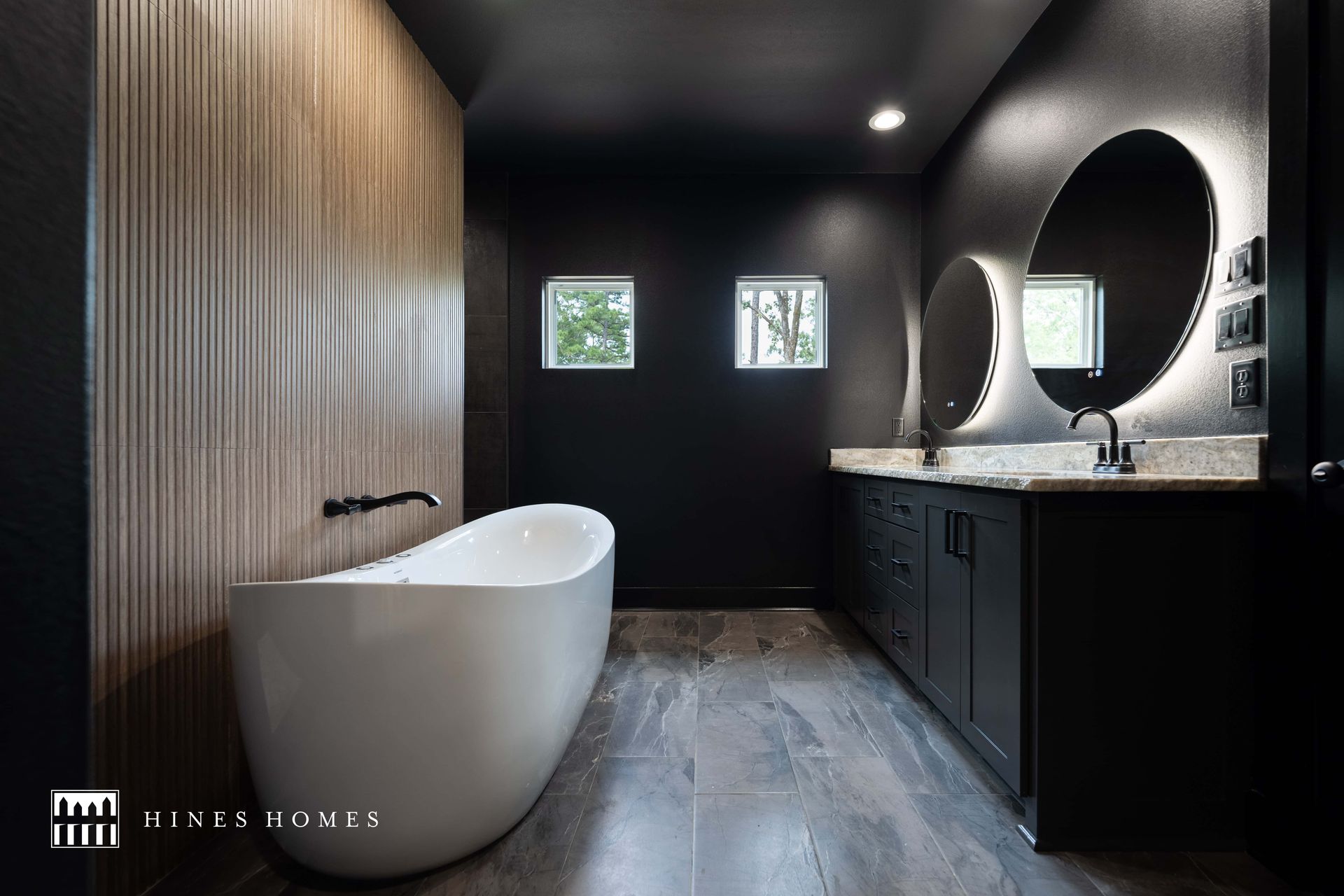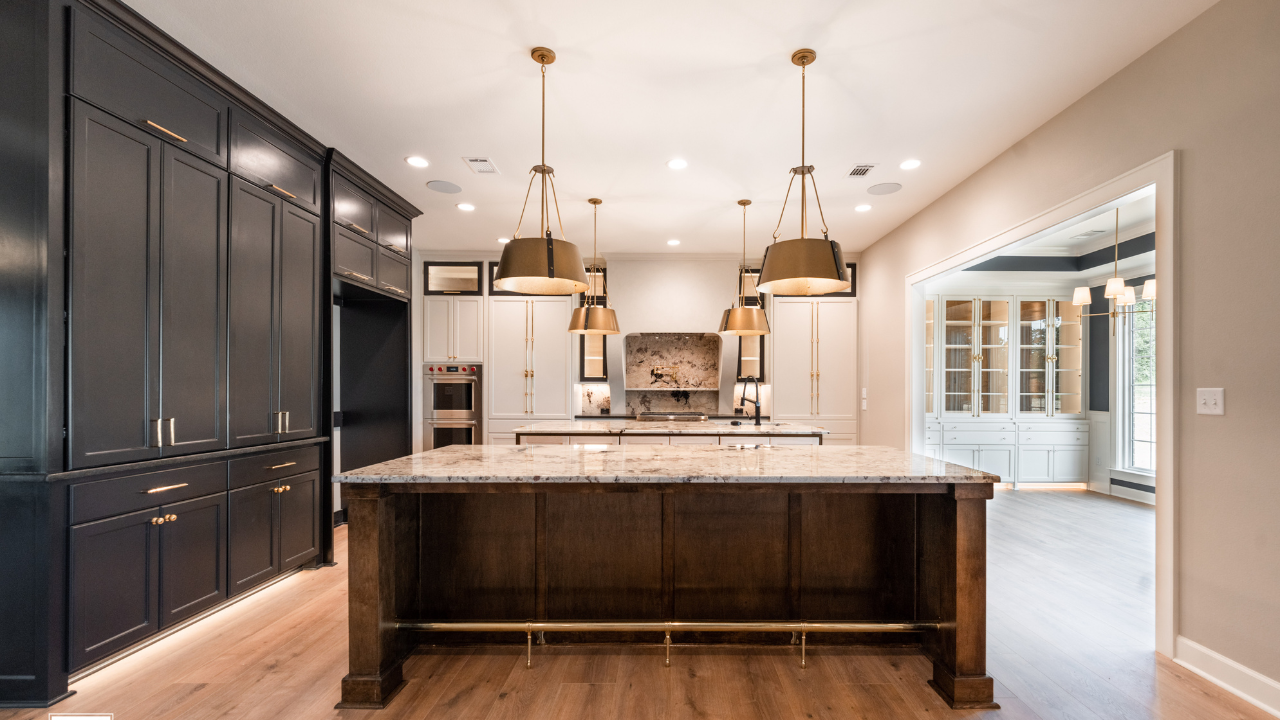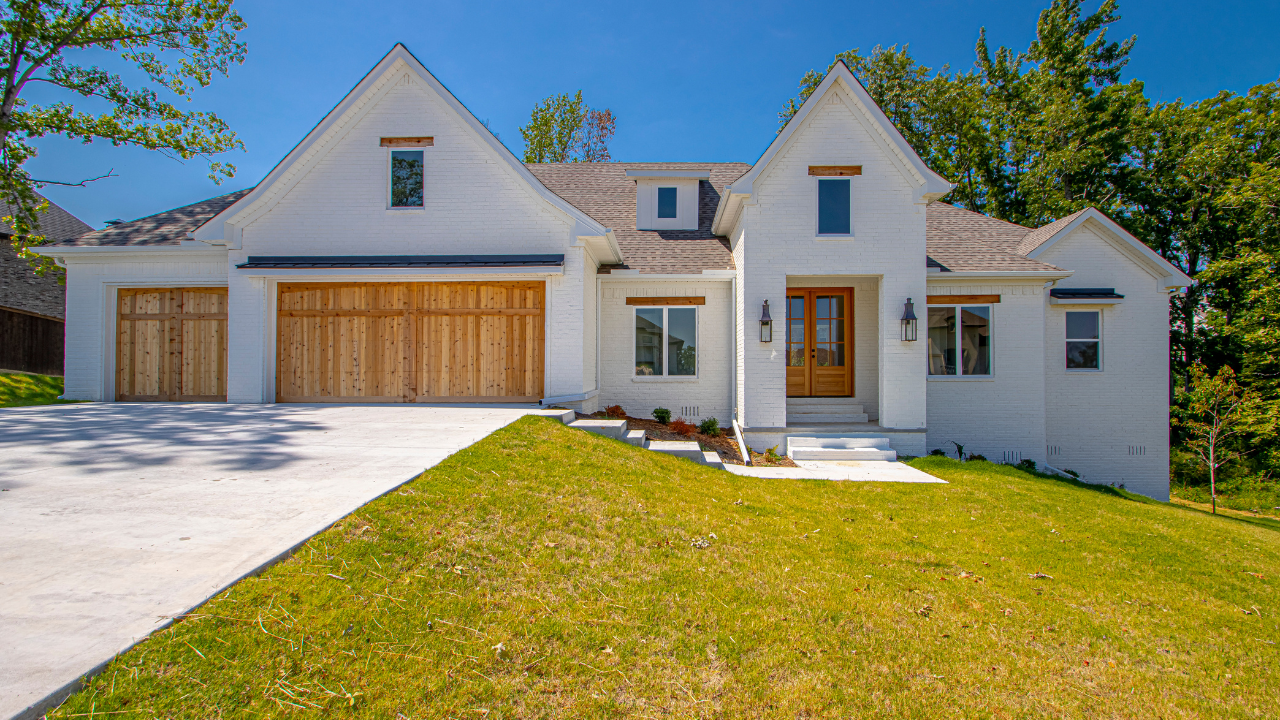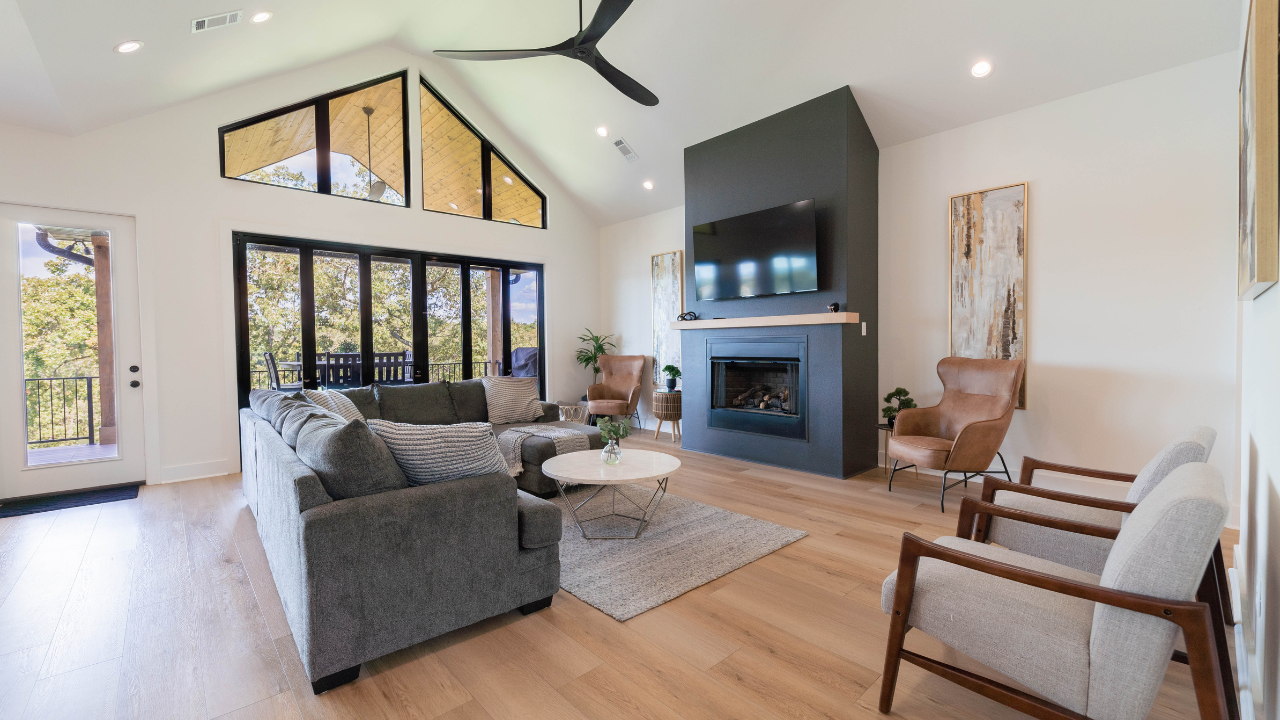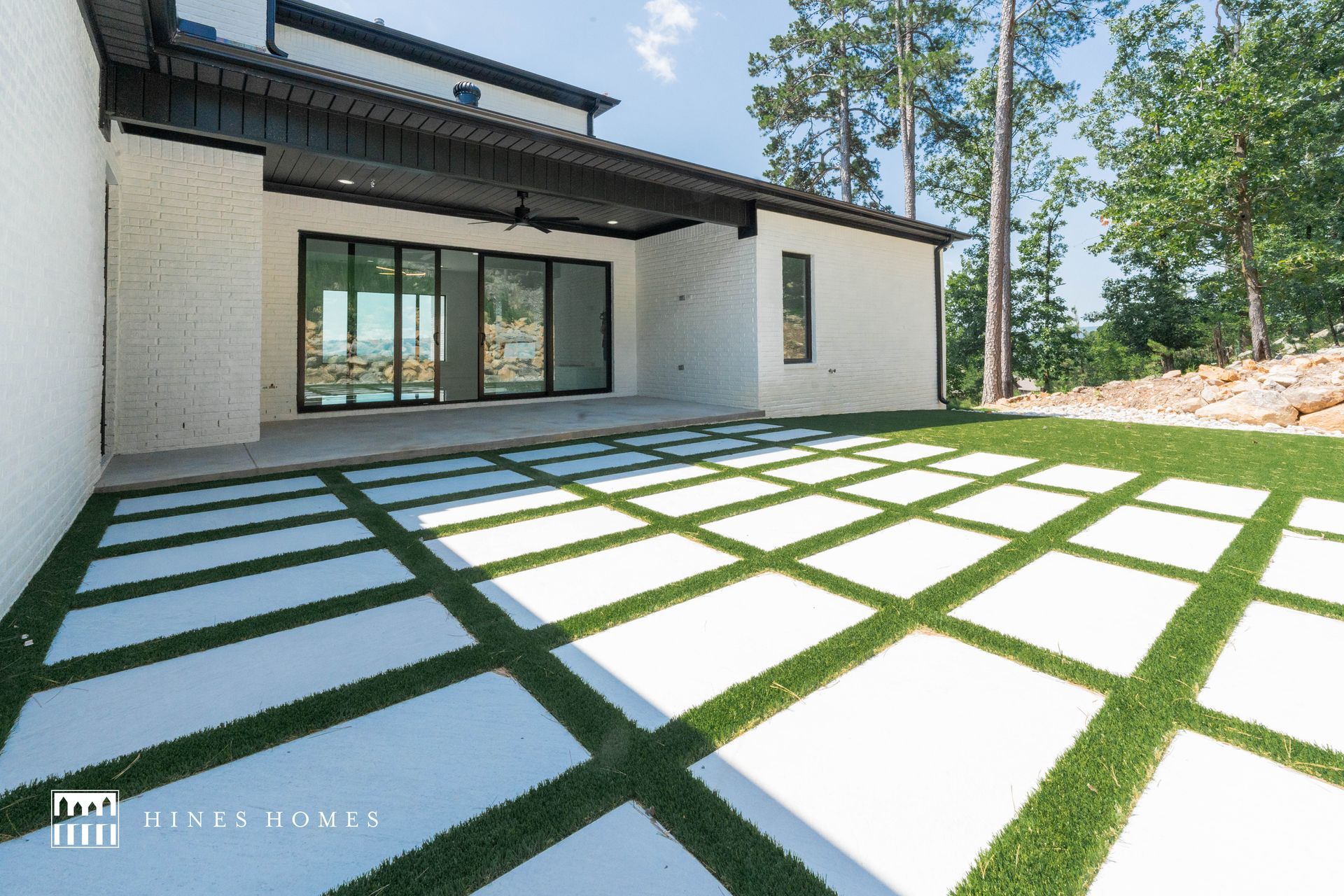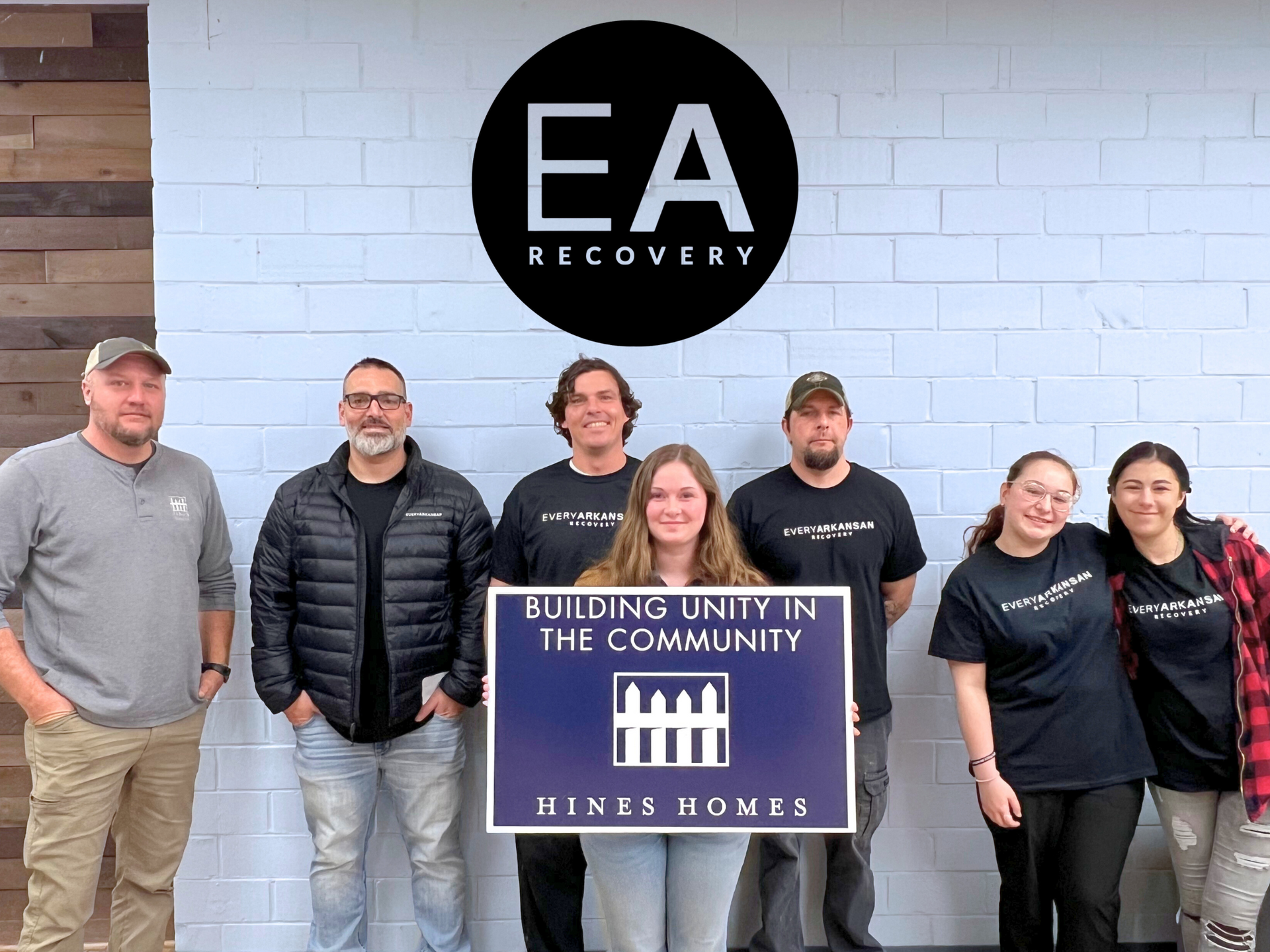Legacy Building: Homes That Stand the Test of Time
Homes That Stand the Test of Time
A home is more than just a place to live—it’s a space where memories are made, traditions are passed down, and families grow. When building or renovating a home with longevity in mind, it's important to focus on durability, timeless design, and adaptability. A well-built home not only withstands the test of time structurally but also maintains its beauty and functionality for generations.
Timeless Design Over Trends
Trends come and go, but classic design elements ensure a home remains stylish and functional for decades. Traditional architectural styles, such as colonial, craftsman, or farmhouse, provide lasting appeal. Simple, well-proportioned layouts with open and airy spaces create a sense of flow and adaptability.
Inside the home, neutral color palettes, natural materials, and high-quality finishes contribute to a timeless aesthetic. Choosing classic elements like hardwood floors, stone countertops, and elegant molding ensures that the home won’t feel outdated as styles evolve.
High-Quality Materials for Longevity
The materials used in construction play a critical role in a home’s durability. Exterior elements such as brick, stone, fiber cement siding, and metal roofing offer exceptional resistance to weather and wear. For interiors, solid wood doors, engineered hardwood or tile flooring, and natural stone surfaces ensure longevity and resilience.
Windows and doors also contribute to a home's lifespan. Energy-efficient, impact-resistant windows provide insulation and security while standing up to the elements. Investing in durable, well-sealed doors enhances both aesthetic appeal and structural integrity.
Energy Efficiency & Sustainability
Building a home that lasts means ensuring it is energy-efficient and environmentally responsible. Smart insulation and proper ventilation reduce energy costs while improving indoor air quality. Many homeowners are incorporating solar panels and renewable energy sources, future-proofing their homes against rising utility costs. Water conservation features, such as low-flow fixtures and drought-resistant landscaping, also contribute to sustainability while lowering maintenance requirements.
Strong Foundations & Superior Craftsmanship
A home’s foundation is its most critical component. A solid foundation with reinforced concrete, moisture barriers, and proper grading prevents long-term structural issues. The quality of craftsmanship in framing, roofing, and finishing details can make a significant difference in a home’s lifespan. Working with experienced builders who prioritize attention to detail ensures that the home is built to last. Cutting corners on construction may save money upfront, but it often leads to costly repairs in the future.
Adaptability for Future Generations
A truly timeless home is designed with flexibility in mind. As families grow and needs change, a home that can adapt remains functional for years to come. Main-level living, with a primary bedroom and essential spaces on the first floor, makes aging in place easier. Wider doorways and open layouts enhance accessibility for all ages and abilities. Multi-use spaces, such as home offices that can transition into guest rooms or playrooms that evolve into entertainment areas, keep the home relevant to future needs.
Legacy homes are built with intention, quality, and a long-term vision. Choosing durable materials, timeless design, and sustainable features creates a home that not only lasts but continues to provide comfort, beauty, and value for generations. Whether building from the ground up or renovating an existing home, thoughtful choices today will ensure a lasting legacy tomorrow.

Share


